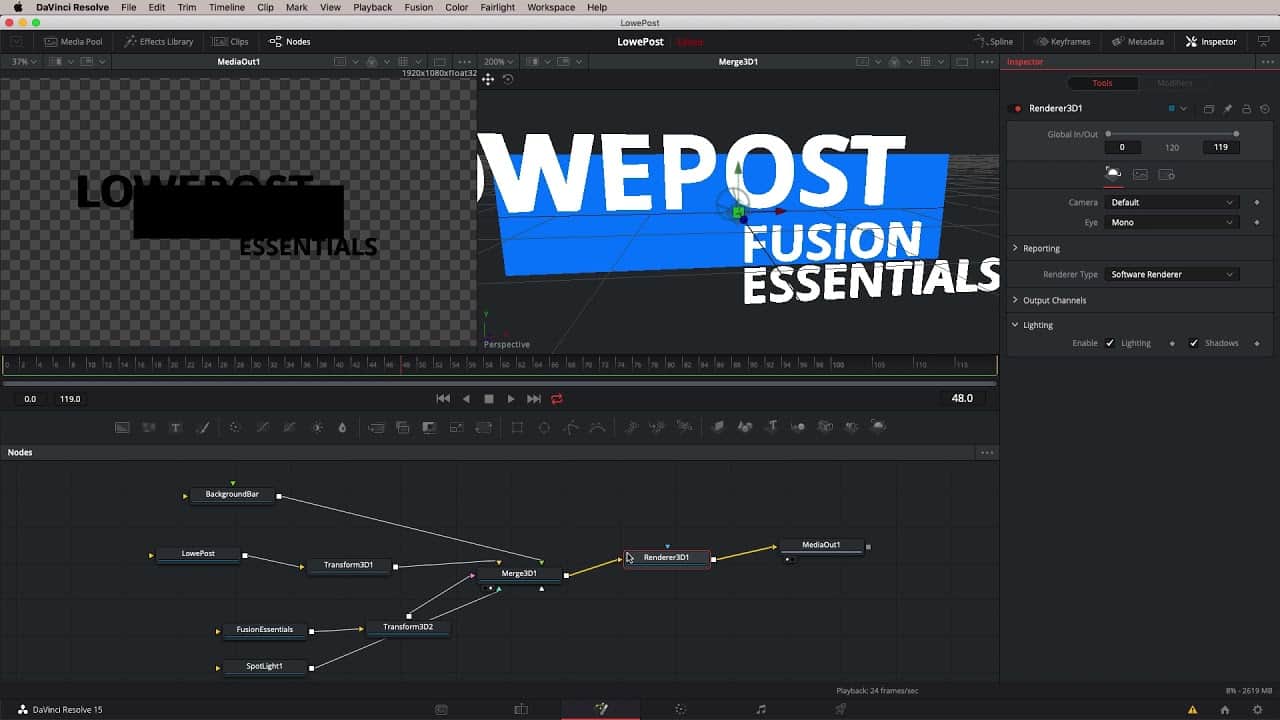

Part 2: Remove Complex Moving Objects in DaVinci Resolve Tip: You can use the Feather options for the mask to soften the edges and blend it better.

You will be using the surrounding area to cover up your object, a bit like using the clone tool in Photoshop. This simple method is great to remove objects that are surrounded by detailed patterns like a sandy beach, grass, or buildings.

Part 1: Remove Simple Objects in DaVinci Resolve Part 3: Create a Disappear Effect in DaVinci Resolve.Part 2: Remove Complex Moving Objects in DaVinci Resolve.Part 1: Remove Simple Objects in DaVinci Resolve.


 0 kommentar(er)
0 kommentar(er)
